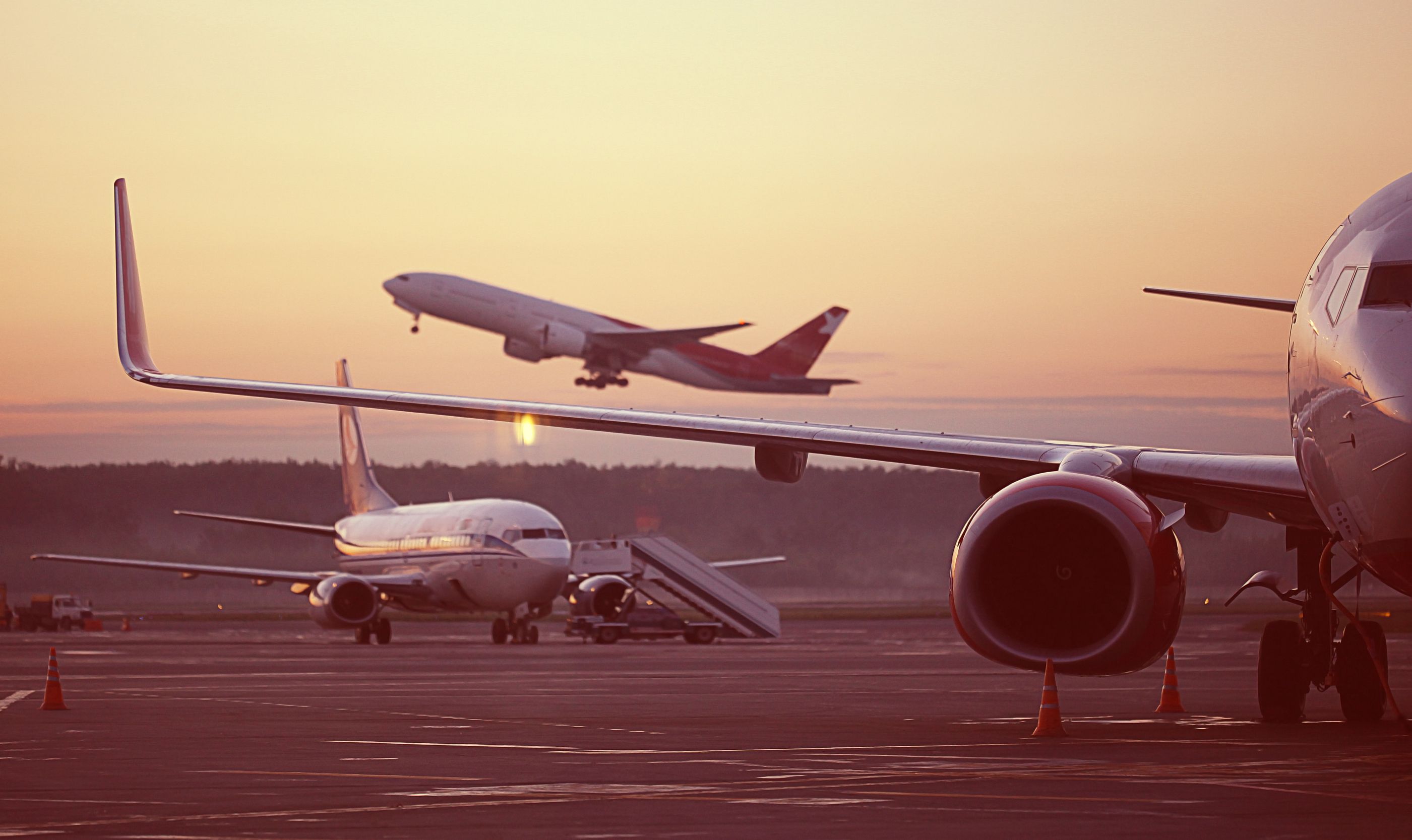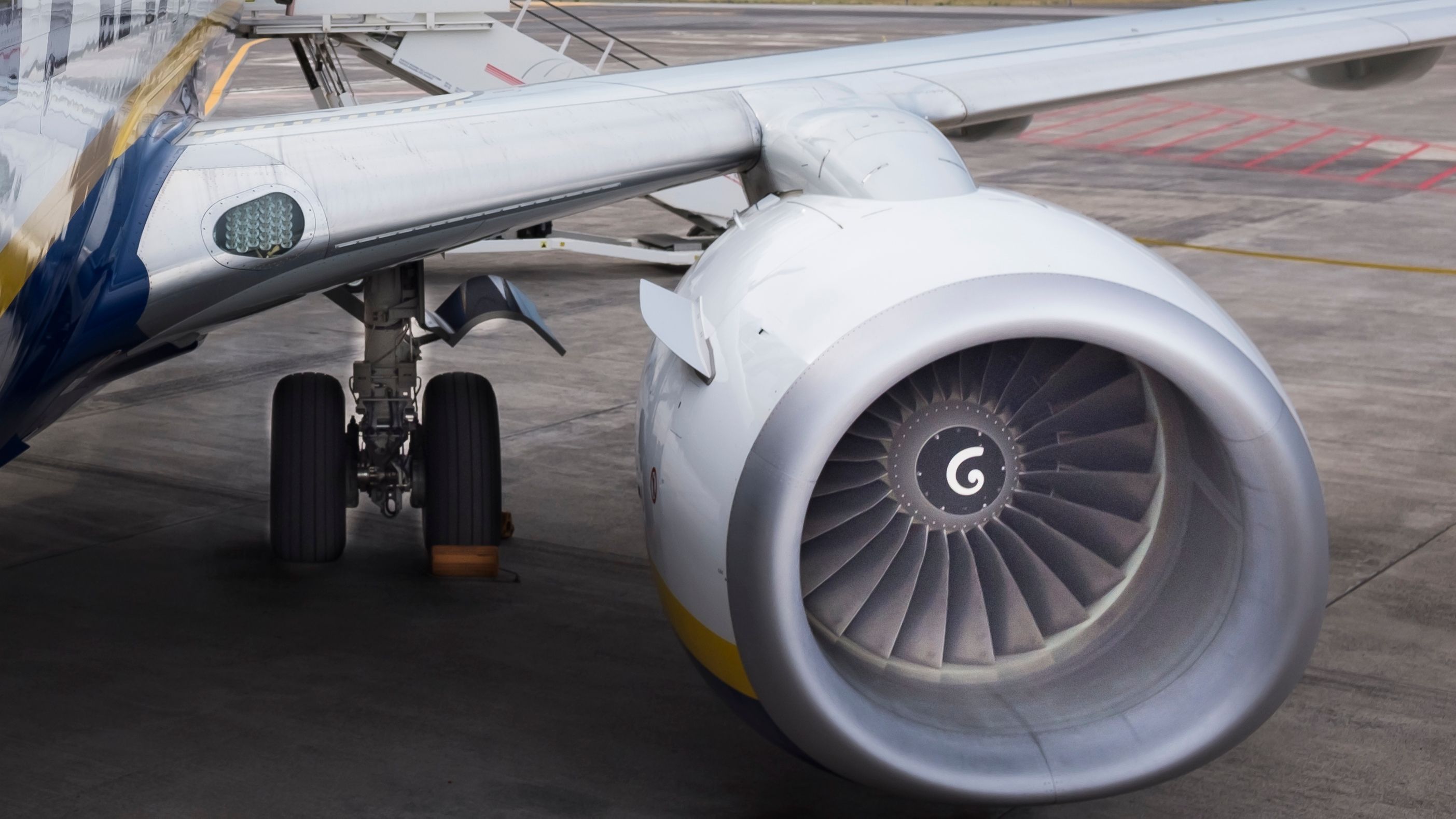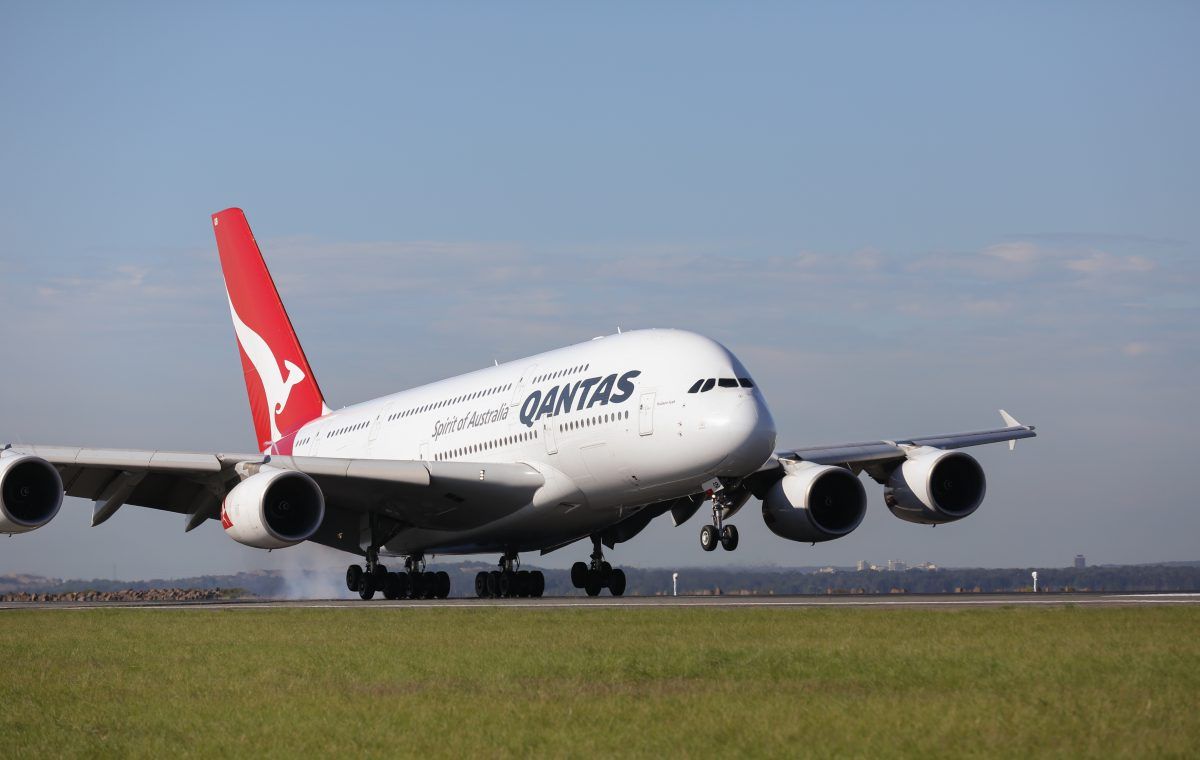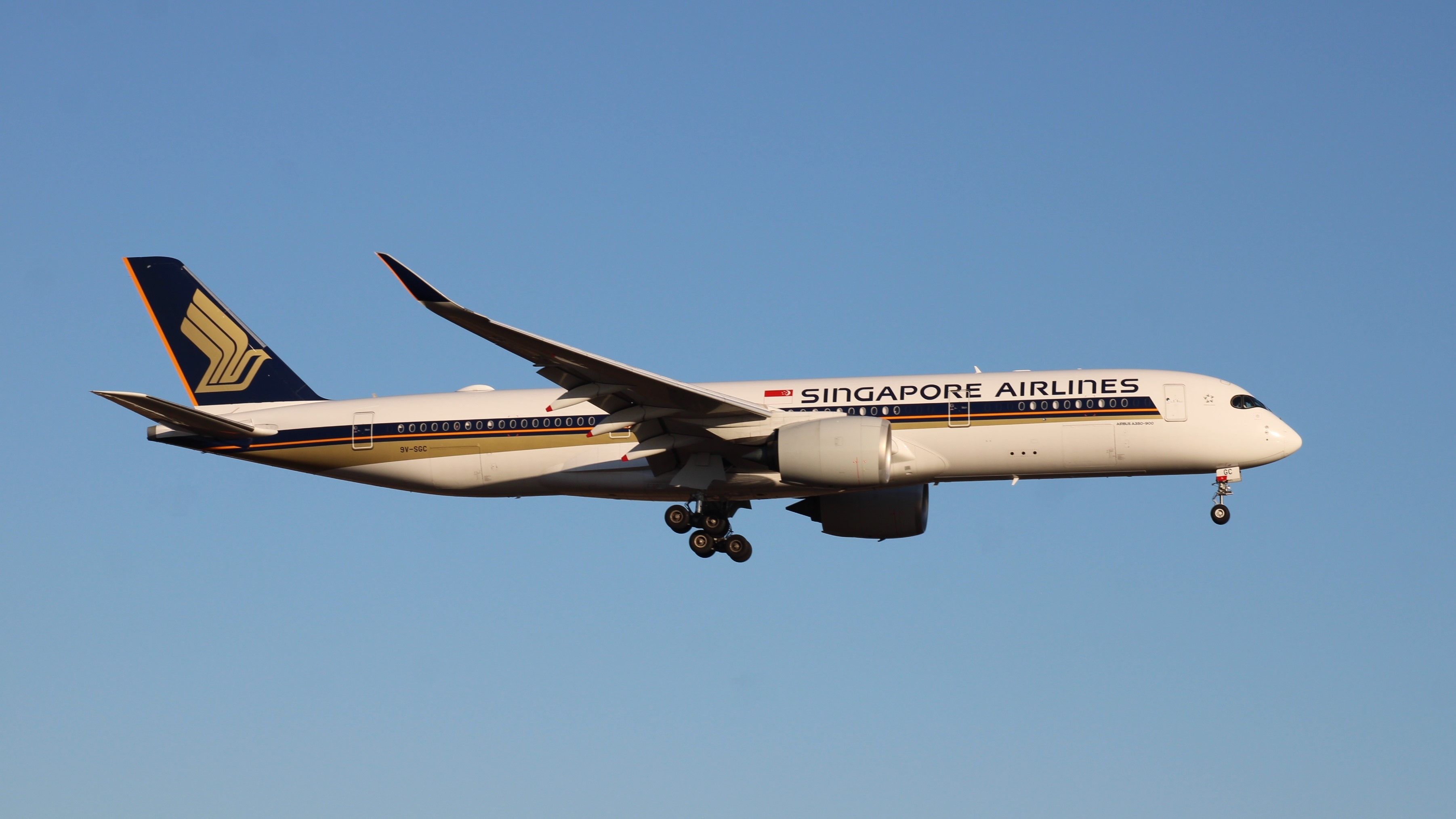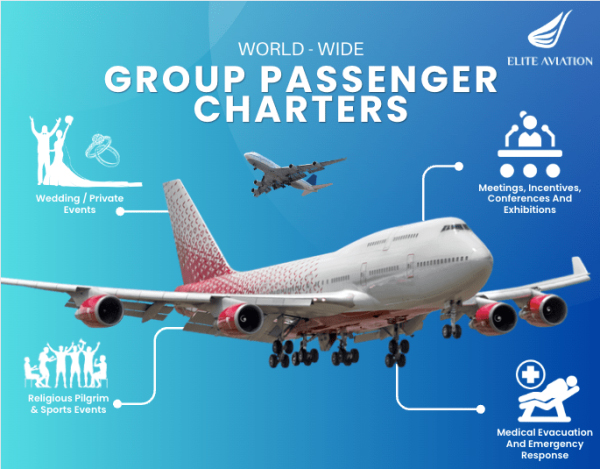Air travel as it is today is incredibly safe. With better odds of safely getting from point A to point B by aircraft compared to any other mode of transportation, the aviation industry is particularly robust. That said, as with anything, accidents can happen, and things do go wrong. Sometimes, for various reasons, an aircraft’s engines can fail, forcing them to be shut down; that is, a pilot taking one or more steps to stop the engine from running. Let’s discuss a few points about such an occurrence.
This cannot be overstated. Statistically speaking, a pilot who begins a career in the industry as early as possible and does not switch jobs before retiring will never experience an engine failure and need to shut it down. Of course, we know these things can happen on rare occasions, but hopefully, this is encouraging news to those who have a fear of flying.
Photo: Kichigin | Shutterstock
To bolster this point, in case something does actually go wrong, training for various kinds of engine failures is standard and occurs regularly throughout a pilot’s career. According to The Points Guy, commercial airline pilots undergo multi-day training sessions every six months as long as they stay in the profession to stay up to date on emergency procedures and significantly engrain what has been learned.
2 Not necessarily noticed by passengers
While equally rare, there are cases not related to a failure in which a pilot may be forced to shut down an engine. Taking the decision to cut an aircraft’s source of thrust wouldn’t come lightly, but there are a few reasons an engine might require to be shut down. It’s even possible that passengers snoozing in the economy cabin would have no idea something was even brewing in the flight deck.
Photo: kelvn | Shutterstock
As explained by Technology.org, certain atypical situations may call for an engine to be shut down despite a lack of concerning banging noises coming from the engines, such as an issue with temperature or oil pressure. If parameters reach critical levels, a pilot may decide to shut down the engine out of an abundance of caution, though a proper failure has yet to occur.
3 An unexpected most common root cause
Many flyers may assume that most engine failures are the result of a mechanical or structural issue with one of the components. While this does constitute some failures, a more unsuspecting yet extremely preventable problem is more likely to be the culprit.
Photo: orso bianco / Shutterstock
Many sources, like the New Zealand government, Aviation Safety Magazine, and even a law firm, agree that a majority of engine failures are the result of some kind of fuel issue. Whether it be fuel starvation (there is fuel, but for some reason, it’s not getting to the engine), exhaustion (no fuel left onboard), other mismanagement, or even contamination (primarily with water), a fuel-related problem is at the forefront of engine troubles.
4 There’s no need to panic
Especially to a nervous flyer, an engine failure or shutdown sounds like horrific news. Not that it’s in any way ideal, but even in the unbelievably unlikely event you should be onboard an aircraft experiencing this incident, it’s even less likely that it will end fatally. Consider the reasonably modern case of Qantas Flight 32.
Photo: Qantas
QF32 was a regularly scheduled flight from London to Sydney, with a stop in Singapore. Making the first trek to Singapore, the four-engined Airbus A380 (the largest passenger jet) took off for Sydney. Just minutes after departure, the aircraft suffered an uncontrolled failure of the number-two engine.
Pieces of the engine then caused several other critical failures, forcing everyone on the flight deck to deal with over 100 alarms and checklists. While this may sound like a recipe for inevitable disaster, the aircraft stayed in the air for a significant period of time before the many people in the cockpit successfully got everyone onto the ground safely; there were no reported injuries.
5 Modern commercial planes can fly very far even after shutting an engine down
Again, it would be out of the ordinary for an aircraft to suffer an engine failure and keep flying. However, thanks in part to jet engine innovation and other technological improvements, many types of twin-engine planes are designed and certified to be flown for surprising amounts of time with just a single working engine; there’s even a term for it – ETOPS.
This acronym stands for “Extended-range Twin-engine Operational Performance Standards,” and an aircraft’s ETOPS rating designates how long it can fly with only one operational engine during an emergency. For about the last three decades, many aircraft have been able to acquire an ETOPS 180 certification, where the 180 refers to the number of minutes the aircraft has to reach a suitable and compatible airport.
Photo: The Global Guy I Shutterstock
While three hours on one engine sounds like a feat, the Airbus A350 and its Rolls-Royce Trent XWB engines have achieved the current record of ETOPS 370, or 6 hours and 10 minutes. Even when flying over an ocean or vast wasteland, air travel as it is today has never been safer.
Sources: The Points Guy, CFM International, Technology.org, The New Zealand Government, HLM Law Firm, Aviation Safety Magazine
[ad_2]
Source link

